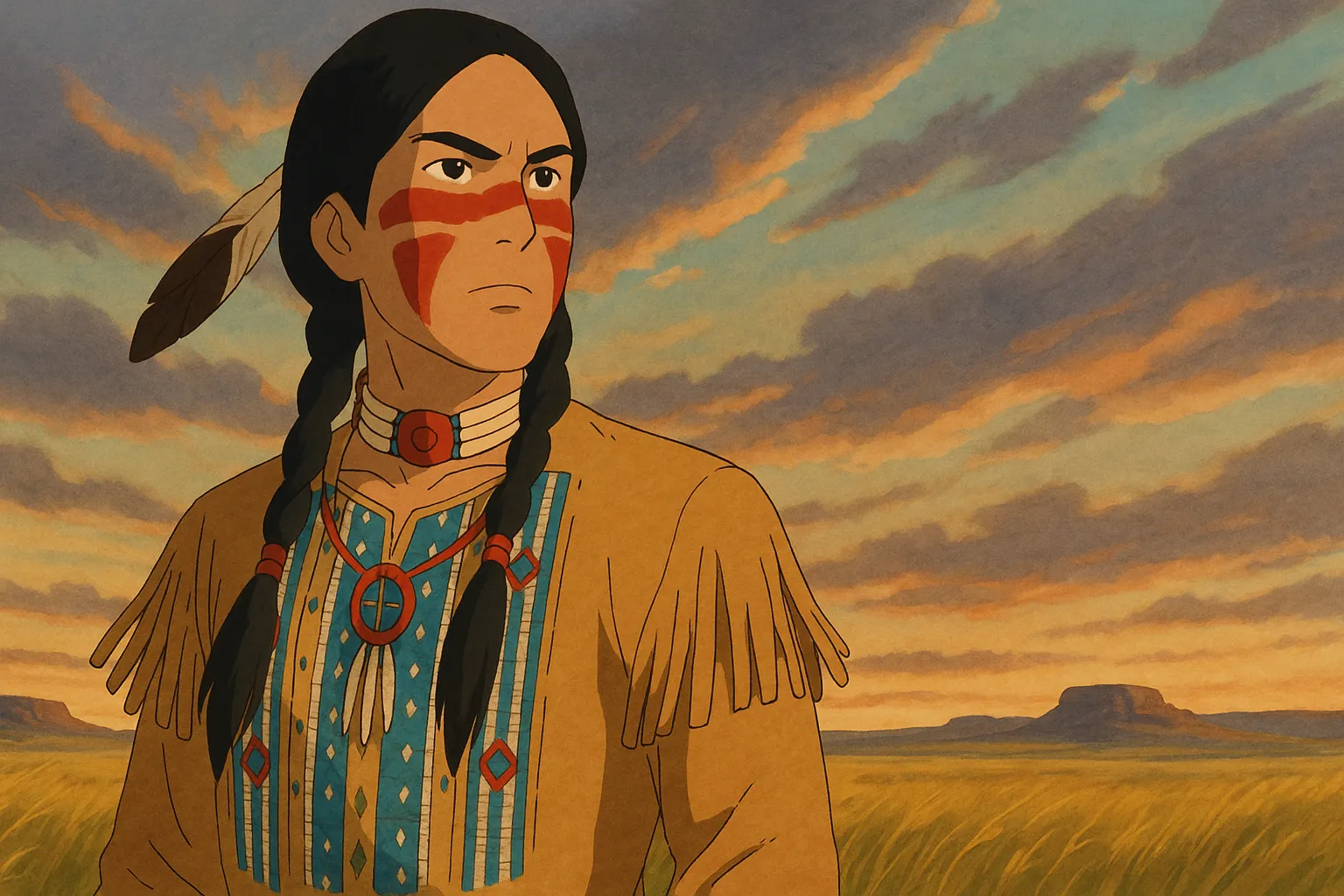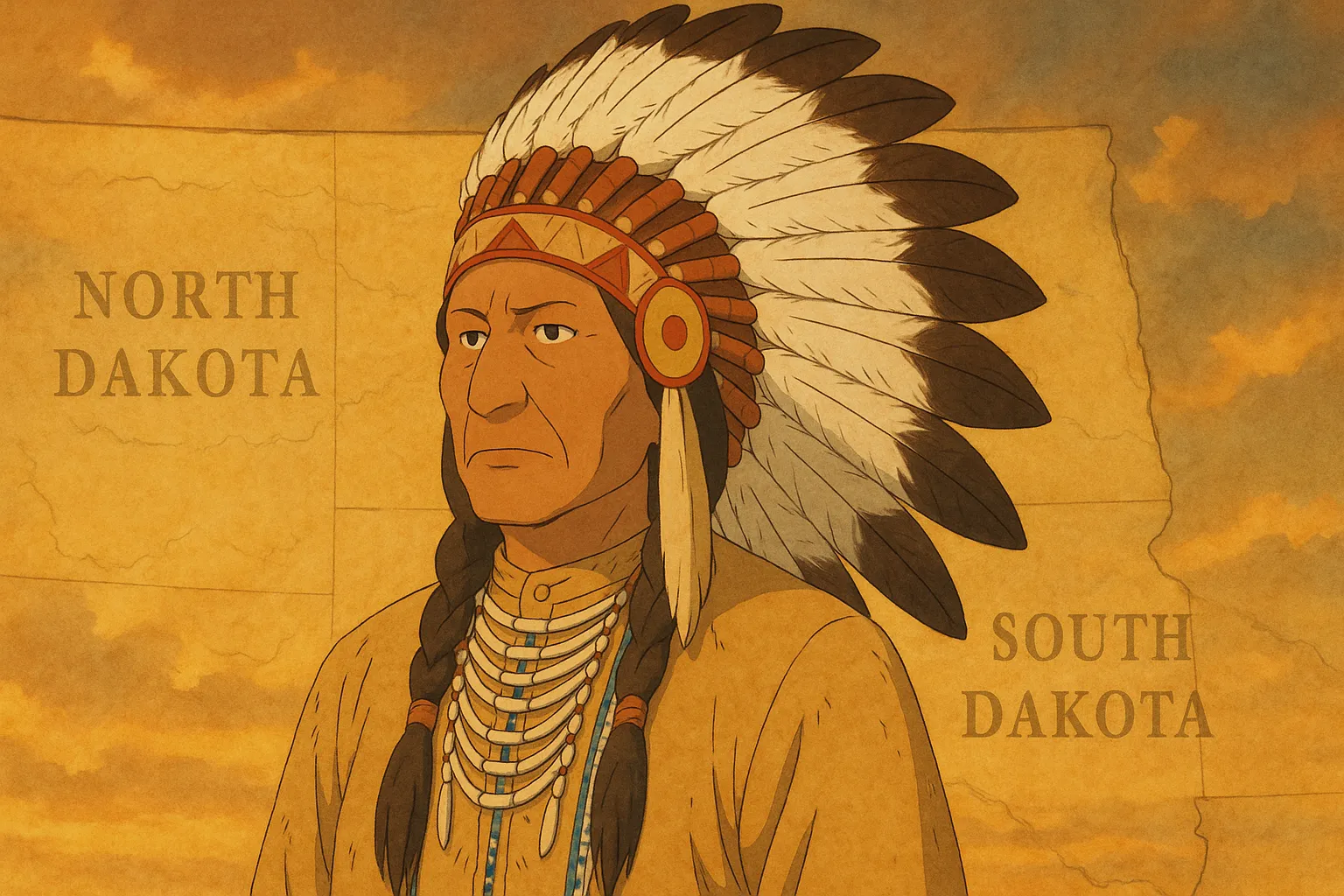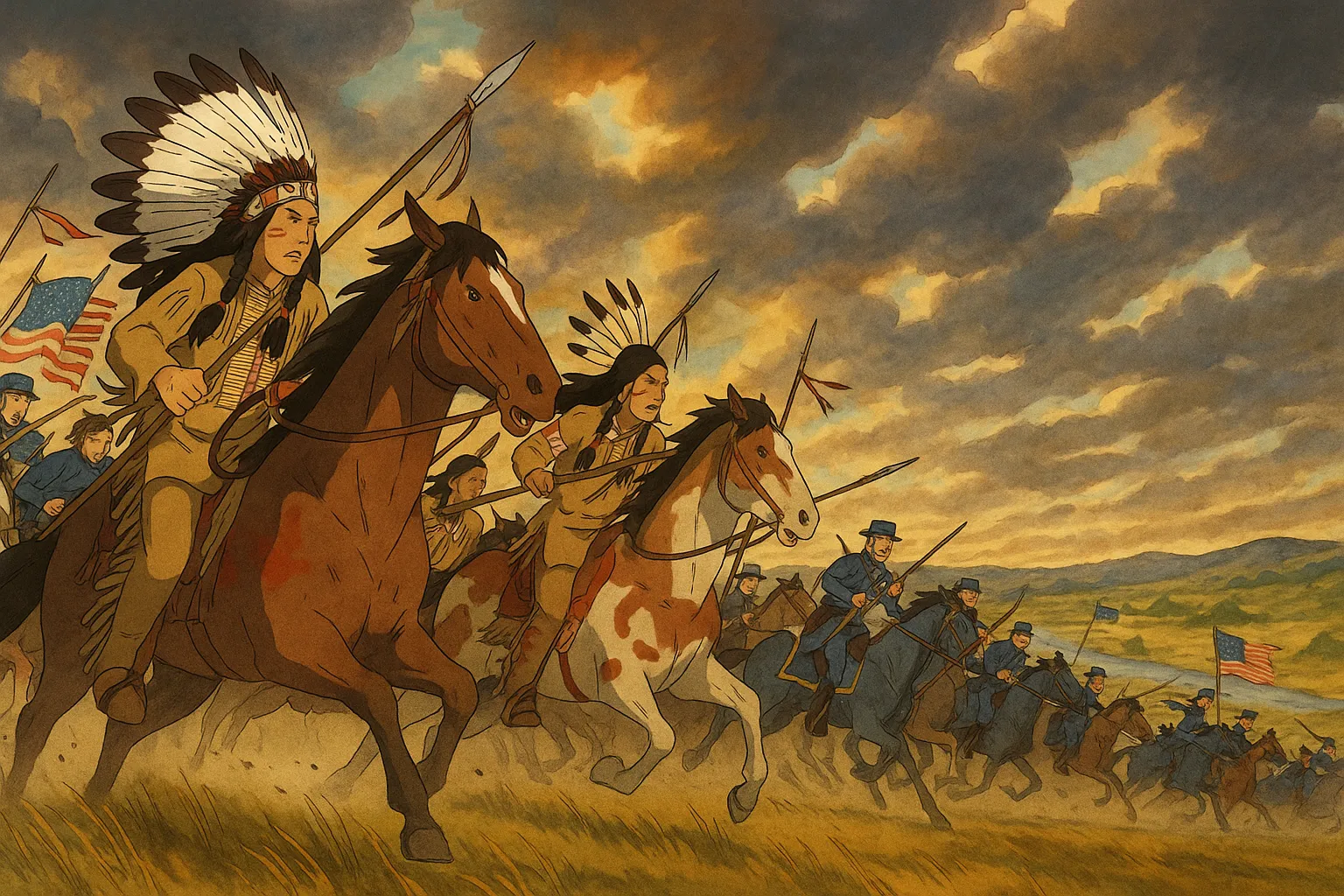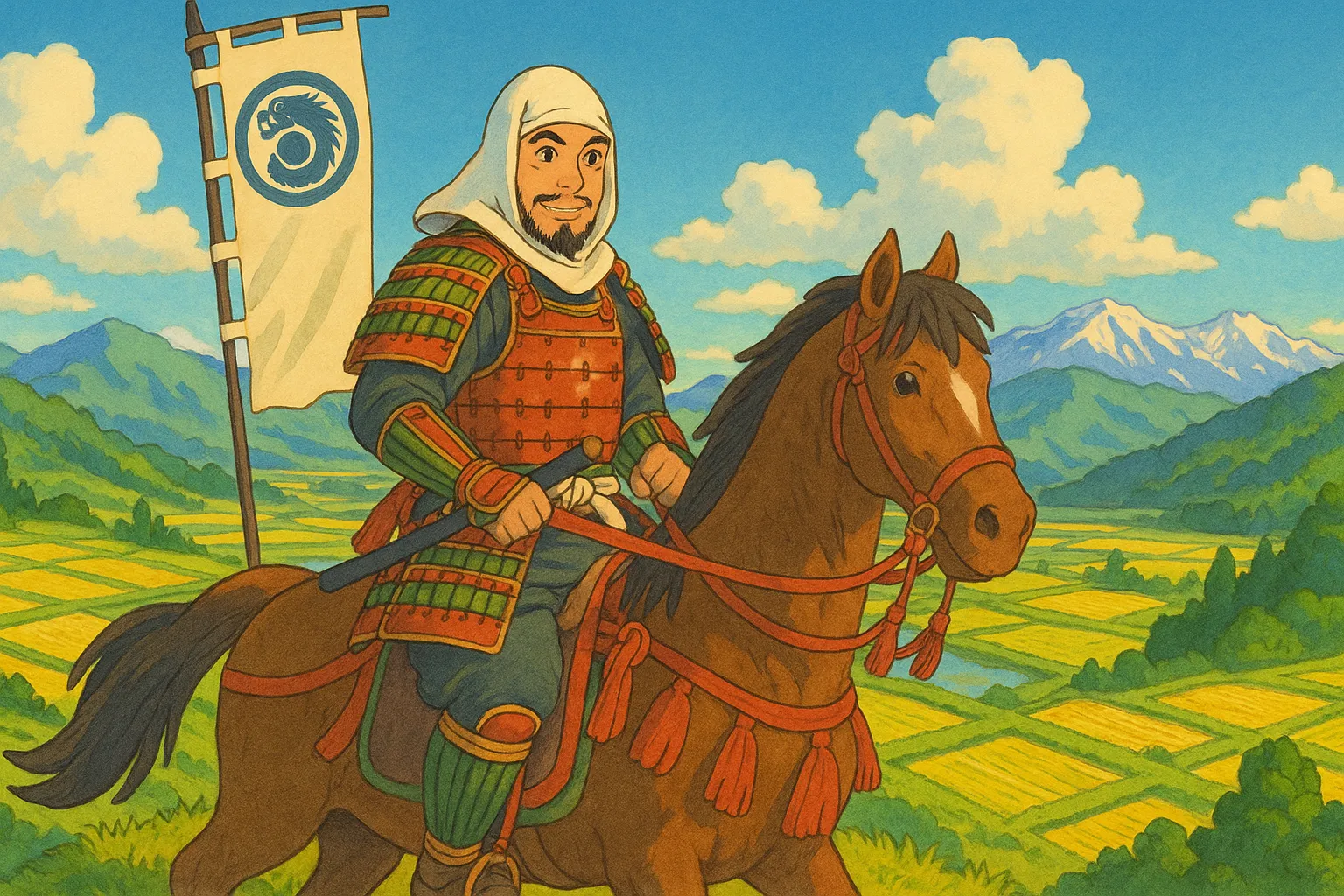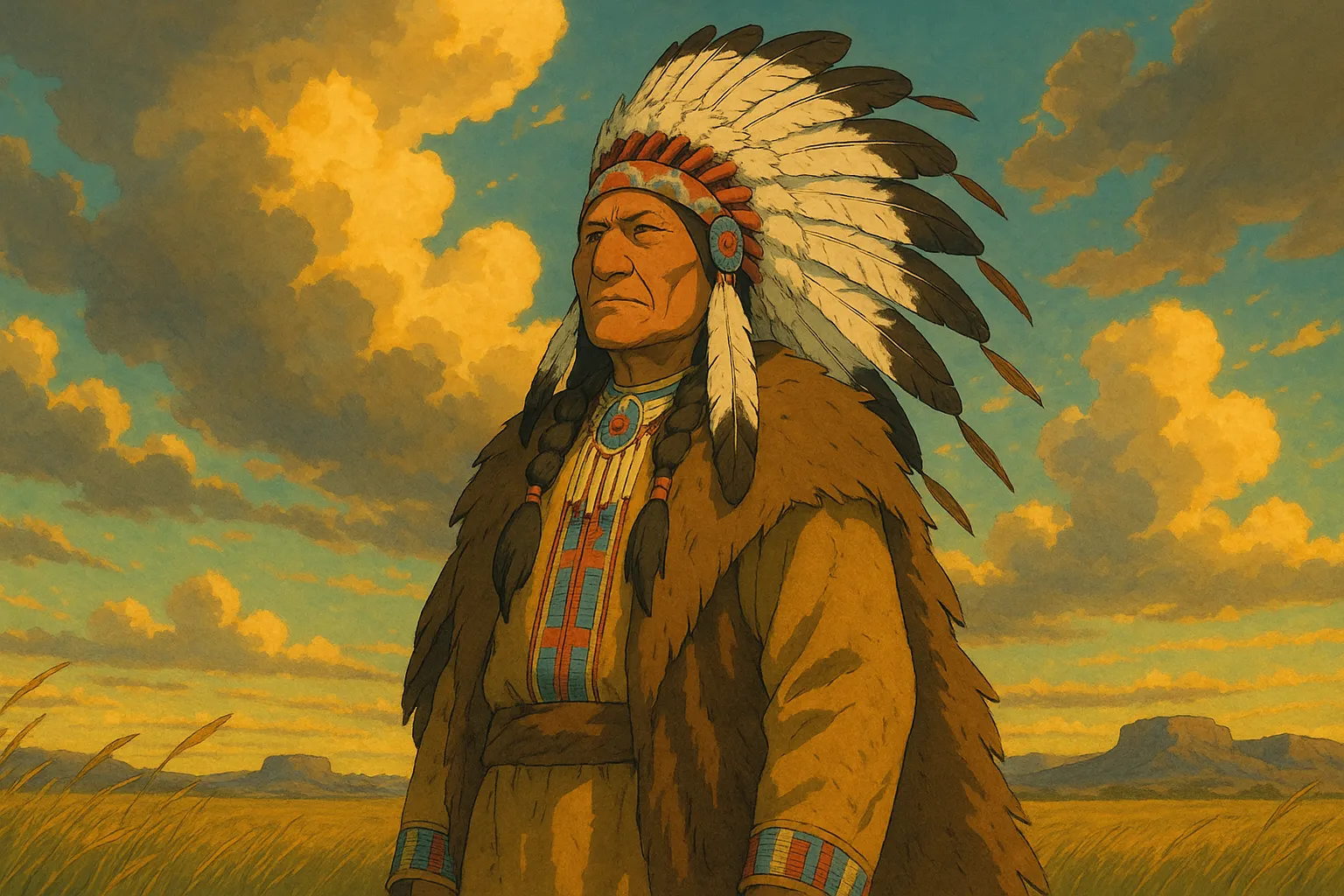
Frequently Asked Questions
What was Sitting Bull’s original name?
His Lakota name was Tatanka Iyotake, commonly translated into English as “Sitting Bull.” It reflects Lakota language and cultural meaning rather than a literal description.
Why did he go to Canada after the Battle of Little Bighorn?
After the battle he led followers north to seek refuge from U.S. Army retaliation. Harsh conditions and dwindling resources eventually forced him and his people to return and surrender in 1881.
Did he ever leave the Plains to travel for performances or meetings?
Yes. In 1885 he briefly joined Buffalo Bill’s Wild West show and also met with U.S. officials and the public to raise awareness of Native issues, though he refused full assimilation.
What role did visions or spirituality play in his leadership?
Sitting Bull was a respected spiritual leader; visions and ceremonies guided his decisions and helped unite warriors and bands, including before key events like the 1876 campaign.
How did his life end?
In December 1890, amid rising tensions over the Ghost Dance movement, local Indian agency police tried to arrest him at Standing Rock. A struggle ensued and Sitting Bull was shot and killed.
Did he support U.S. treaties or reservation life?
He resisted confinement to reservation life and many U.S. policies that he saw as threats to Lakota sovereignty and culture, advocating instead for independence and cultural preservation.
Are there living descendants or a family legacy?
Yes. Sitting Bull had children and descendants who have carried on family memory and activism. His life remains influential in Native communities and beyond.
Where are his remains now?
Sitting Bull was initially buried near Fort Yates. In 1953 family members reburied his remains near Mobridge, South Dakota; that site has since been a place of remembrance.
